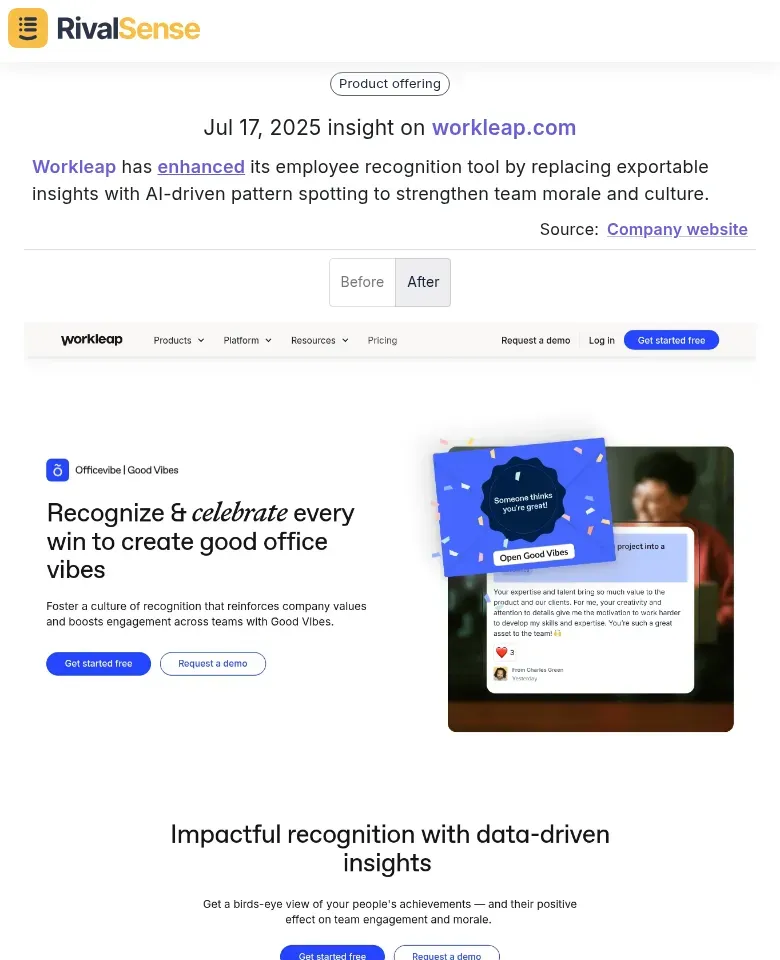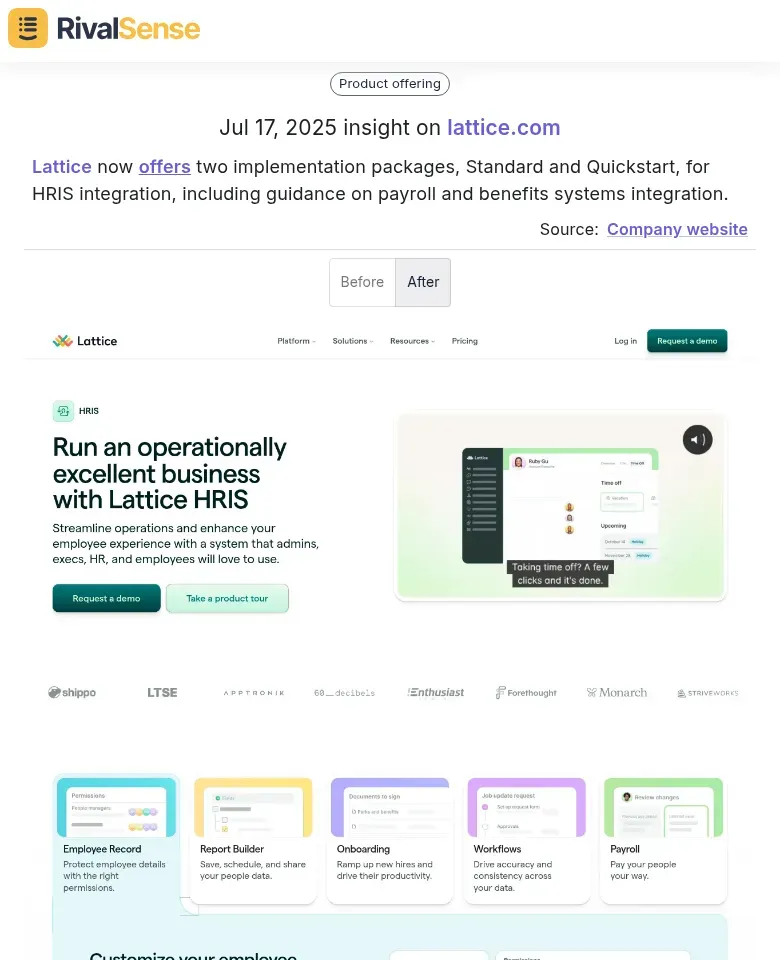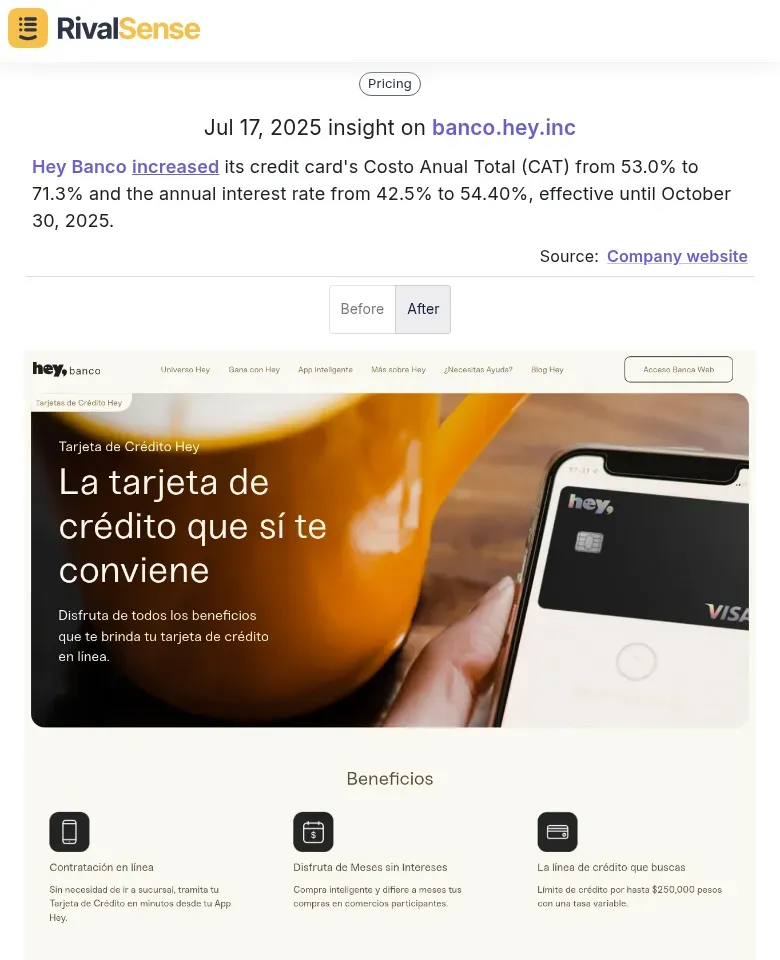Boost Growth with Competitive Intelligence in Online Marketing
In today's digital landscape, competitive intelligence (CI) serves as the backbone of strategic online marketing. It involves systematically gathering, analyzing, and applying insights about competitors to drive informed business decisions. Unlike broad market research, CI delivers laser-focused intelligence on competitors' strategies and vulnerabilities, helping you capitalize on opportunities they might overlook. This targeted approach is essential for maintaining relevance in saturated markets.
CI transforms raw data into strategic advantages by revealing competitor weaknesses, emerging industry patterns, and untapped customer segments. For example, analyzing a competitor's social media engagement can uncover content themes that resonate with your shared audience, directly informing your content calendar. By integrating CI into your marketing foundation, you shift from reactive tactics to proactive growth.
🚀 Practical Steps to Leverage CI:
- Identify Key Competitors: Use specialized tools to pinpoint direct and indirect rivals
- Monitor Digital Footprints: Track website updates, SEO tactics, and ad campaigns
- Implement Social Listening: Analyze competitors' audience interactions and sentiment
- Benchmark Performance: Compare traffic, conversions, and engagement metrics
- Adapt Proactively: Refine strategies based on insights (e.g., SEO gaps or campaign innovations)
Identifying Your Key Competitors
Pinpointing the right competitors is the critical first step in building an effective competitive intelligence framework. Without accurate targeting, your analysis risks becoming irrelevant or overly broad. Focus on businesses directly competing for your customers' budget and attention, as well as indirect players solving similar problems differently.
🔍 Actionable Identification Methods:
- Direct Competitors: Use tools like SimilarWeb or SEMrush to find businesses with overlapping offerings
- Indirect Competitors: Leverage keyword research (e.g., "alternative to [your product]") to identify substitutes
- SWOT Analysis: Map competitors' strengths, weaknesses, opportunities, and threats
- Customer Feedback: Study reviews on G2 or Trustpilot to understand competitor vulnerabilities
📋 Competitor Tracking Checklist:
- [ ] Maintain a dynamic competitor matrix (update quarterly)
- [ ] Monitor emerging players through industry reports
- [ ] Track share-of-voice across digital channels
- [ ] Use automated tools like RivalSense for real-time alerts
Gathering and Analyzing Competitive Data
Effective competitive intelligence requires methodical data collection from diverse sources. Social platforms reveal engagement patterns, SEO tools expose keyword strategies, while customer reviews highlight pain points. The real value emerges when you synthesize these inputs into actionable insights.
Consider how RivalSense detected Workleap's product enhancement:

Workleap replaced exportable insights with AI-driven pattern spotting in their recognition tool.
Strategic Value: Spotting product innovations early helps you benchmark features, anticipate market expectations, and accelerate your own R&D roadmap.
📊 Analysis Framework:
- Content Strategy: Audit competitors' top-performing content themes/formats
- Advertising: Reverse-engineer their ad messaging and targeting via Meta Ad Library
- SEO Gaps: Identify high-value keywords they rank for but you don't
- Pricing Shifts: Monitor promotional patterns and package changes
✅ Monthly Analysis Routine:
- [ ] Review 3 competitors across 4+ data sources
- [ ] Document content/engagement trends
- [ ] Identify 2-3 immediate tactical opportunities
Leveraging Competitive Intelligence for Growth
Competitive insights become growth accelerators when translated into strategic actions. They help refine messaging, optimize budgets, and preempt competitor moves. For instance, Coca-Cola's CI-driven campaign adjustments boosted engagement by 22% within a quarter.
Notice how RivalSense tracked Lattice's service evolution:

Lattice launched Standard and Quickstart HRIS integration packages.
Strategic Value: Service structure changes signal market demands—helping you enhance your own offerings or streamline onboarding.
📈 Growth Tactics:
- Messaging Optimization: Mirror competitor messaging that resonates, then differentiate
- Pricing Strategy: Counter promotional surges with timely offers
- Content Gaps: Create assets for underserved topics competitors ignore
- Channel Expansion: Test platforms where rivals achieve high engagement
Real-World Competitive Insights in Action
Actual competitor moves often reveal immediate strategic opportunities. Tracking these developments helps you pivot faster than traditional market research allows. Here's how financial institutions benefit from pricing intelligence:

Hey Banco increased credit card CAT from 53.0% to 71.3% and interest rates from 42.5% to 54.40% until Oct 2025.
Strategic Value: Pricing shifts signal market tolerance levels—enabling you to position your offerings as premium alternatives or value champions.
🔑 Key Applications:
- Product Teams: Use competitor updates for feature prioritization
- Marketing: Align campaigns with emerging trends competitors validate
- Sales: Arm teams with competitive battle cards based on latest intel
Tools and Technologies for Competitive Intelligence
Choosing the right CI tools depends on your budget, scale, and strategic goals. SEO-focused tools like Ahrefs reveal keyword opportunities, while comprehensive platforms provide wider monitoring capabilities. Integration is key—automated alerts prevent critical insights from drowning in data noise.
| Tool Type | Best For | Examples |
|---|---|---|
| SEO Analytics | Keyword/backlink tracking | SEMrush, Ahrefs |
| Social Listening | Engagement/sentiment analysis | Brandwatch, Sprout Social |
| Comprehensive CI | Real-time competitor tracking | RivalSense |
⚙️ Implementation Tips:
- Start with 2-3 core competitors before expanding
- Set weekly automated reports to maintain consistency
- Train teams to interpret data spikes (e.g., traffic surges = campaign launches)
- Combine tools: Use RivalSense for alerts + SEMrush for deep SEO dives
Conclusion and Next Steps
Competitive intelligence transforms online marketing from guesswork to precision strategy. By continuously monitoring competitors' digital footprints—from pricing shifts to feature launches—you gain the insights needed to outperform them. The most successful businesses treat CI as an ongoing discipline, not a one-time project.
🚀 Immediate Actions:
- Identify 3 primary competitors using industry reports + digital tools
- Conduct a 30-minute audit of their websites/social channels
- Set up monitoring for their pricing, content, and campaign changes
- Benchmark key metrics (traffic, conversion rates, engagement)
- Schedule monthly CI reviews to adapt strategies
Ready to automate competitor tracking? Try RivalSense free today and get your first competitor report delivered instantly. Discover pricing changes, product launches, and strategic shifts before they impact your market position: https://rivalsense.co/
Turn competitive insights into your unfair advantage.
📚 Read more
👉 How Sumsub's Expansion Spurred Rival's Strategic Shift
👉 B2B Competitive Research: Internet Insights Workflow Breakdown
👉 Comparative Market Share Analysis: B2B Auto Dealerships
👉 Competitor Partnerships & Clients Cheat Sheet: Essential Insights
👉 How homechoice's Bold Promo Shift Reveals Competitive Pressure in Retail
